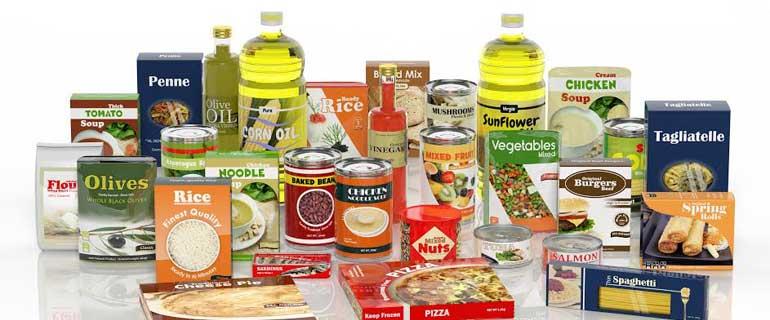Three Most Important Food Packaging Trends to Pay Attention to in 2018
Food packaging technology can shift so fast that manufacturers stuck in the past may have a “blink and you’ll miss it” moment where they suddenly realize how out of date their practices are. By not keeping up with the times — and modern consumer demands — these packagers risk losing market share to competitors who are willing to innovate with new food packaging technology.
To help your company stay abreast of current expectations, consider the following food packaging trends that will influence the industry in big ways throughout 2018.
Smart Packaging That Helps Reduce Food Waste
The world has a huge food waste problem. According to recent data, the average American family throws away 51% of fresh fruits they buy as well as 44% of vegetables and 40% of fresh meat.
To help reduce food waste, food packagers have stepped up to the plate. As an example, U.K. based grocery store chain Sainsbury’s recently implemented a color changing label for pre-sliced and packaged deli meats to help consumers know how long it’s been since the package was opened. The “smart label” starts off as yellow but gradually changes colors to purple the longer it has been open. The label is also temperature sensitive, so it will change less quickly as long as the package is kept under proper refrigeration.
Efforts like these aim to help people reduce the amount of consumable food they throw away by giving them detailed information.
“Clean Labels” Now Applies to Package Design, Not Just Ingredients Lists
Clean label campaigns of the past aimed to scrub away scary-sounding ingredients like “sodium benzoate” from packaged foods.
Now, a new clean label movement has arisen, this time addressing the volume of scary-looking packages on store shelves that bombard consumers with excessive marketing information.
Busy packages rife with advertising claims and marketing pitches have caused many consumers to feel overwhelmed while they try to make shopping decisions. A global packaging trends report from market research firm Mintel cites that “39% of French consumers feel that excessive information on food and drink packaging can make it hard to trust a brand.”
In response, many brands are dialing down the volume on their packaging with simple, elegant designs. By using soothing colors and large swathes of blank space, the product can appear as if it has nothing to hide. Minimalistic design and a clean-looking label invite curiosity while cultivating trust.
As an example, look at the products under the “Less is More” heading in a blog post from Digital Creative Packaging.
Flexible Packaging Taking Over the Industry
Flexible packaging technology has pushed the food packaging industry to the forefront thanks to investments in nanomaterials, new processes, and better packaging customization.
To illustrate the growth in flexible packaging use, the CDF corporation highlights how sales of flexible packaging materials and equipment totaled over $30 billion in 2014 before growing to $230 billion in 2017. The industry currently predicts additional 4.5% annual growth, reaching $283 billion by 2022.
Adopt the Latest Innovations and New Food Packaging Technology When You Work With Raab
Raab Sales offers customizable packaging line solutions based on your unique needs, goals, and facility. Let us help you adopt new technologies and upgrade your packaging capabilities for 2018 when you contact us today.


Comments
Add your comments